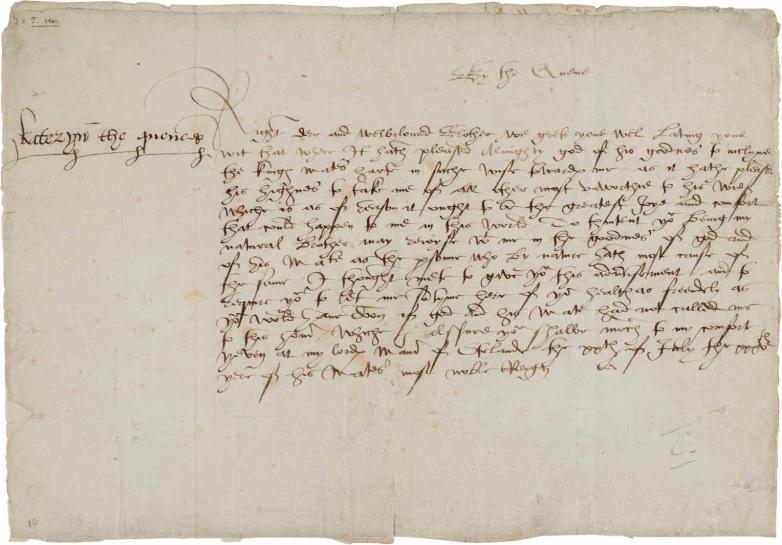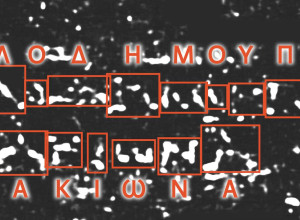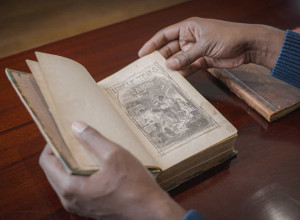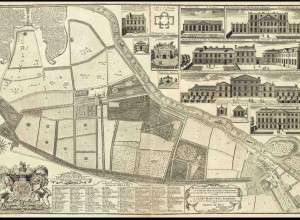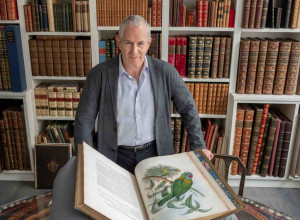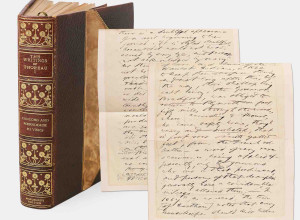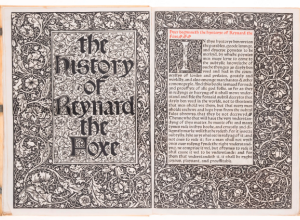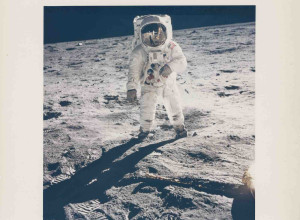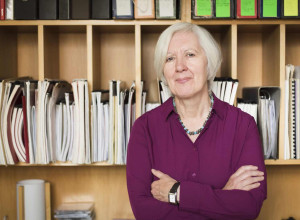Another highlight of the sale is the document that enabled the Restoration of the monarchy in 1660, the Declaration of Breda. One of two surviving copies signed by King Charles II, this is the most important document relating to Britain’s royal history to ever come to the market.
Other major items of the Coronation Sale include:
* a letter signed by King Henry VIII to Louise of Savoy, Regent of France, informing her that he is sending Thomas More to attend peace negotiations at Cambrai. The Treaty of Cambrai brought about a cessation of the Italian war between Europe’s two greatest dynasties, the Habsburgs and the Valois (estimate £30,000- 50,000).
* nine illustrated heraldic manuscripts presented to Queen Elizabeth I as New Year’s gifts between 1569 and 1580 (estimate £100,000- 200,000). Each contains historic coat of arms painted in vivid emblazonry with gold, silver and coloured inks.
* a letter from Mary, Queen of Scots to the Marquis de Rambouillet thanking him for his services during his mission to the English court, complaining of the lies that have been spread by her enemies and reflecting on her confinement (estimate £24,000- 35,000).
* a series of 45 autograph letters by Edward VIII addressed to his mentor Admiral Sir Campbell Tate, watchkeeper in the battleship Hindustan. Written while an undergraduate at Oxford and later during the First World War, he vents his frustrations and dreams to the older naval officer. These warm and informative letters reveal the dissatisfaction the prince felt with the unchallenging role he was forced to assume (estimate £6,000- 8,000).
* a letter sent by Charles I to Prince Rupert of the Rhine, expressing candidly his bitter feelings of personal betrayal at his nephew’s surrender of Bristol and shock at the ease of his defeat. The fall of Bristol to the New Model Army on September 11, 1645, marked the loss of the only major seaport left in royalist hands which was a devastating blow to the King (estimate £7,000- 9,000).
Bidding on the sale is open until 4 May, with highlights also on exhibition at Sotheby’s London.

